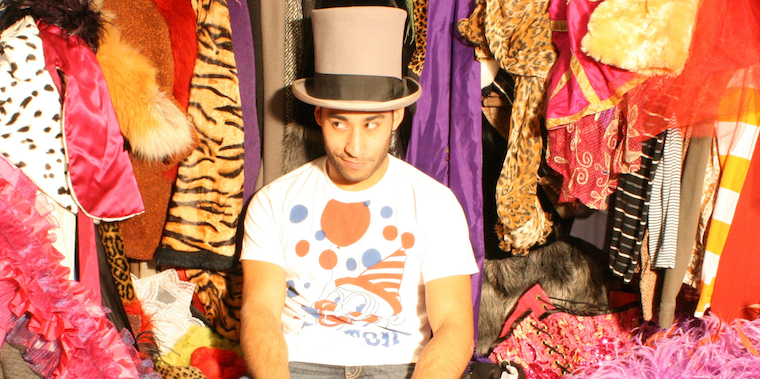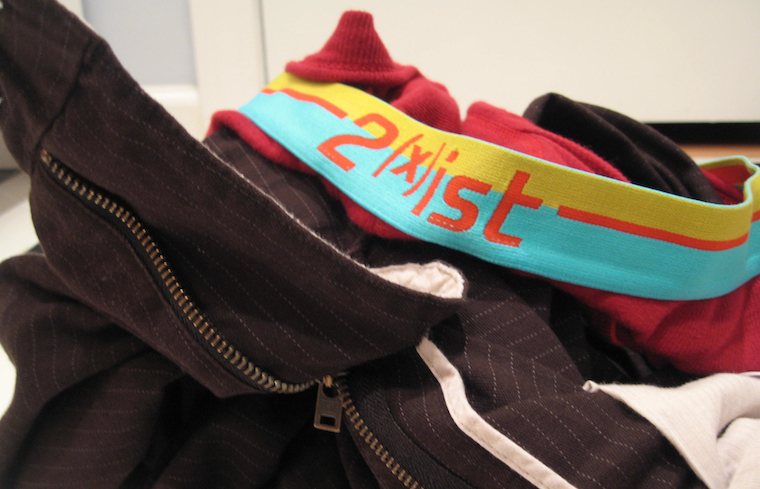“Through synchronistic coincidences the Trickster can sometimes confront us with what we do not know about ourselves but must recognize if we are to know the whole of our own reality… As a creature without boundaries, his existence and activity are never absolutely fixed in place. He makes connections across the limits we ordinarily set for life, bringing together polar opposites and disclosing that which is hidden.
The Trickster puts life in our path in spite of our denials. We continue to stumble over his gifts, ignoring their disturbing nature when our luck is good, cursing some vague fate when our luck is bad.”
~ Allan Combs & Mark Holland
He is the mythic embodiment of the unexpected. He symbolizes the unexpected eruption into awareness of truths hidden away from the ego. In a psychological sense, the Trickster is one mode by which other archetypes, such as the archetype of the self, assert themselves.
This appearance of the Trickster is characteristic of his style: he pops up unexpectedly. The quality that he brings to synchronicity, however, is not simply that of surprise. his manner has the impish charm of cunning and magic. There is a flavor of roguish enchantment to the situations he orchestrates. ~ Allan Combs & Mark Holland
One has the feeling that in synchronicity the Trickster engages in the fabulous play of a divine jester; he is a “juggler of reality.” It is in the notion of play, we believe, that we may find the key to understanding our best relationship to the Trickster and thus to synchronicity. It is also the key to discovering his divinity in ourselves.
As a messenger and herald he represents the interests of a considerable range of unconscious or mythic figures. The most roguish play of the Trickster, however, is in the role of the prankster. In these the Trickster acts on behalf of an unconscious structure known as the shadow. ~ Allan Combs & Marl Holland
Back to Blog The Trickster’s play frequently gives us opportunities, usually unwelcome, for personal growth by flaunting our most private secrets for the whole world to see. This seems to be the Trickster’s delight.
Thus, the play of the Trickster makes us confront our own faults in the everyday world, much as we are forced to confront them in our dreams. These instances offer the opportunity to recognize our faults and, by owning them, to take away their sting and in the bargain render ourselves more whole.
This is the Trickster as the shadow, stealing our purpose when we want to appear flawless – just to amuse himself with our foolishness. If we are open to this impish play, we realize that we have been reminded that we are only human, that we have limitations, no matter how perfect we might wish to appear. ~ Allan Combs & Marl Holland






